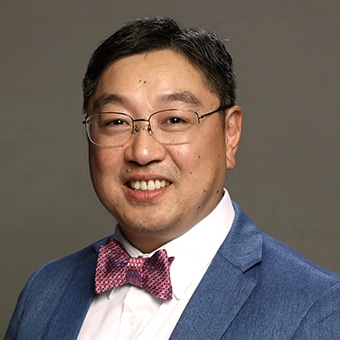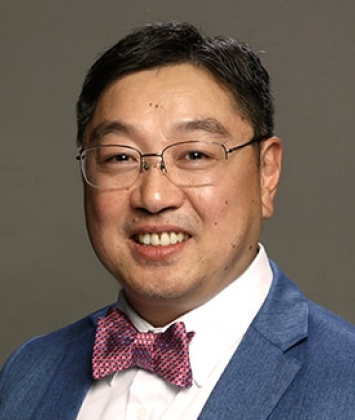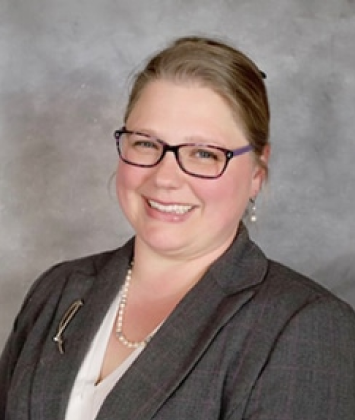Trademark International Classes: What Are They?
Hello Reader,
Trademark International Classes: What Are They?
Every Trademark Application has to be filed under at least one International Class.
What are they?
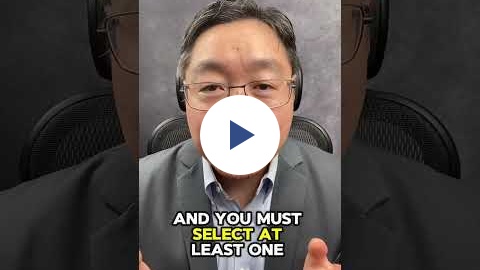
Transcript:
Trademark International Classes, what are they? Hi, I'm JJ, Trademark Attorney. For over 15 years, we've successfully registered over 7, 000 trademark applications. Today, we're talking about international classes. For every trademark application you file, there are different classes associated with that application.
And you must select at least one class for each application. There are 45 classes with the USPTO. The first 1 through 34 refers to goods. Classes 35 to 45 refers to services. The reason why they call international classes is because it's internationally under the Nice Agreement, every, all the countries that are signatories to the Madrid Protocol, want to have a consistent basis or consistent classification.
When you're reciprocating your protection from one country to another, it's actually the same class and same description of goods and services. So Class 025 in the U.S. should match Class 025 in France, and it should match class 025 in Japan. All of them are for clothing. That way, there's consistency and reciprocity are made much easier than otherwise trying to figure out which classes fall into different countries.
For if you want to see all the details of each of the classes, please click on the link in the comment below and it'll take you directly to the USPTO's website explaining what services and goods that fall under each of the different classes. Until next time, keep your brand safe and protected. Have a great day.
TRADEMARK Link
USPTO International Classes: Nice Agreement current edition version - general remarks, class headings and explanatory notes
USPTO International Classes TRADEMARK NEWS
Trademarks on the rise: applications recover in 2023 after a dip in 2022
The significance of EUIPO trademark filing trends BUSINESS TIPS AND TRICKS
This is Week 7 and Chapter 7 of our 20-part Atomic Habits by James Clear weekly read through! Get the book and join us every week!

Transcript:
Hi, it's week seven, chapter seven in Atomic Habits. And in this chapter, the title is called The Secret to Self-Control. James Clear has a story up front that's fascinating about Vietnam veterans. About 35 percent of the servicemen actually tried heroin. 20 percent of those were addicted. They were concerned that when they were coming back to the states, they would maintain that addiction to heroin.
They found approximately nine out of ten of those servicemen actually kicked the habit. They weren't addicted to heroin anymore. And that was fascinating because the prevailing rule was if you're addicted to substance like that, you'll bring it over and have addictions here. What they found was that a ton of the environment has changed in Vietnam.
They were under stressful situation of war. Heroin was plentiful and their peers were using it. When they came over to the States, the environment was completely different. So, they didn't have all of those cues. And in fact, made it much easier for them not to maintain or have addiction to their habits.
Iin terms of having a self-control, he mentions three things. One of them is to make those cues and environmental cues invisible. Number two, he mentions how self-control people spend a lot less time in tempting situations. It's easier to avoid temptation than to resist it. And finally, the most practical way to eliminate a habit is to reduce the cues that cause it.
So, all right, that's week seven, chapter seven. We'll see you next week for week eight, chapter eight. Have a great day.
If you would like to follow along with the series, here is our Atomic Habits by James Clear playlist:
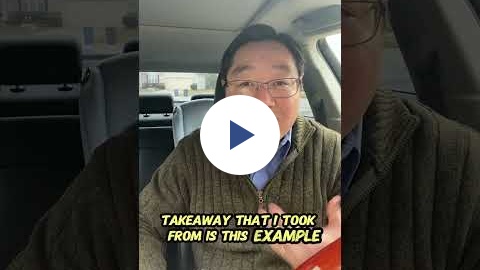
Thank you for being a part of our community, and we look forward to helping you safeguard your brand's identity and thrive in the world of trademarks!
Warm regards,
J.J. Lee and the Trademark Lawyer Law Firm Team! PS. Be Sure to Add Us to Your Contacts 📞 To ensure that you never miss an important update or exclusive offer from us, please add our email address to your contacts. This way, you can rest assured that our newsletters will always land safely in your inbox, ready to be explored.




